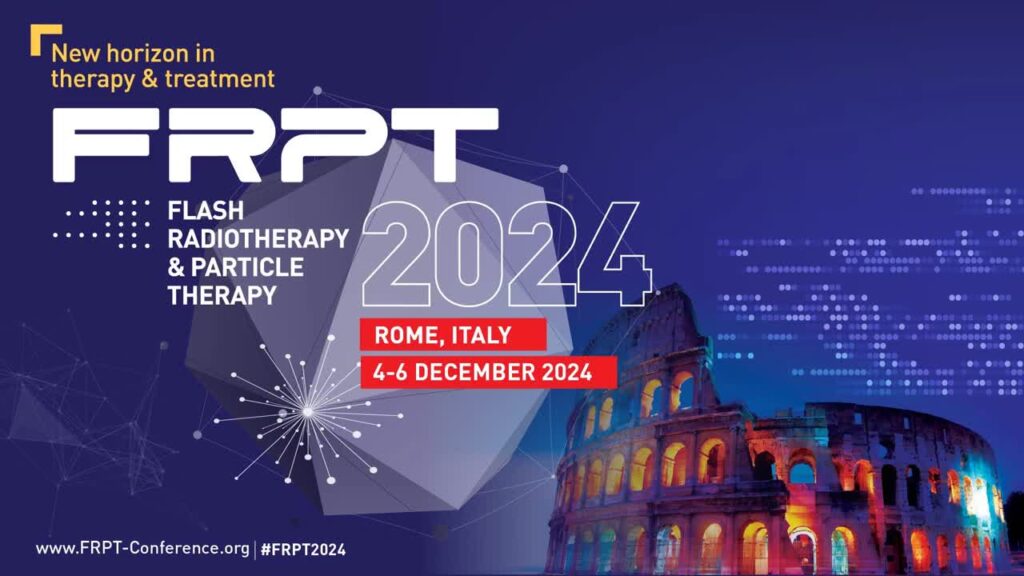19-22 October 2025

Our results were presented in three different talks delivered by OPHELIA team members Stefano Salvatori, Sara Pettinato, and Marco Girolami, highlighting the breadth and impact of our ongoing research.
4-6 December 2024

Dr. Sara Pettinato participated in the international conference FRTP – Flash Radiotherapy and Particle Therapy, which was held in Rome from December 4 to 6, 2024. On this occasion, Dr. Pettinato had the opportunity to present the latest developments of the OPHELIA project, particularly regarding the electron beam diagnostic technique that will be finalized within the framework of the project. The conference also provided an opportunity to establish new contacts with researchers interested in the goals that OPHELIA aims to achieve.
20-23 October 2024

Preliminary results were presented in two different talks delivered by OPHELIA team members Sara Pettinato and Marco Girolami in IEEE Sensors 2024.
19th January 2024
Preliminary results of a prototype detection system using a synchronous integration technique to efficiently acquire high photocurrent peaks generated by a highly sensitive (S = 26 nC/Gy) custom-made photoconductive diamond detector irradiated by electron-FLASH beams have been reported in the paper “A readout system for highly sensitive diamond detectors for FLASH dosimetry”, published in the Physics and Imaging in Radiation Oncology Journal.
A readout system for highly sensitive diamond detectors for FLASH dosimetry – OPHELIA: News8th December 2023
Sara Pettinato presented “A NOVEL DIAMOND-BASED DETECTION SYSTEM FOR PULSE-BY-PULSE DIAGNOSTICS OF ELECTRON BEAMS IN FLASH RADIATION THERAPY” work at the international Flash Radiotherapy and Particle Therapy Conference in Toronto, Canada.

